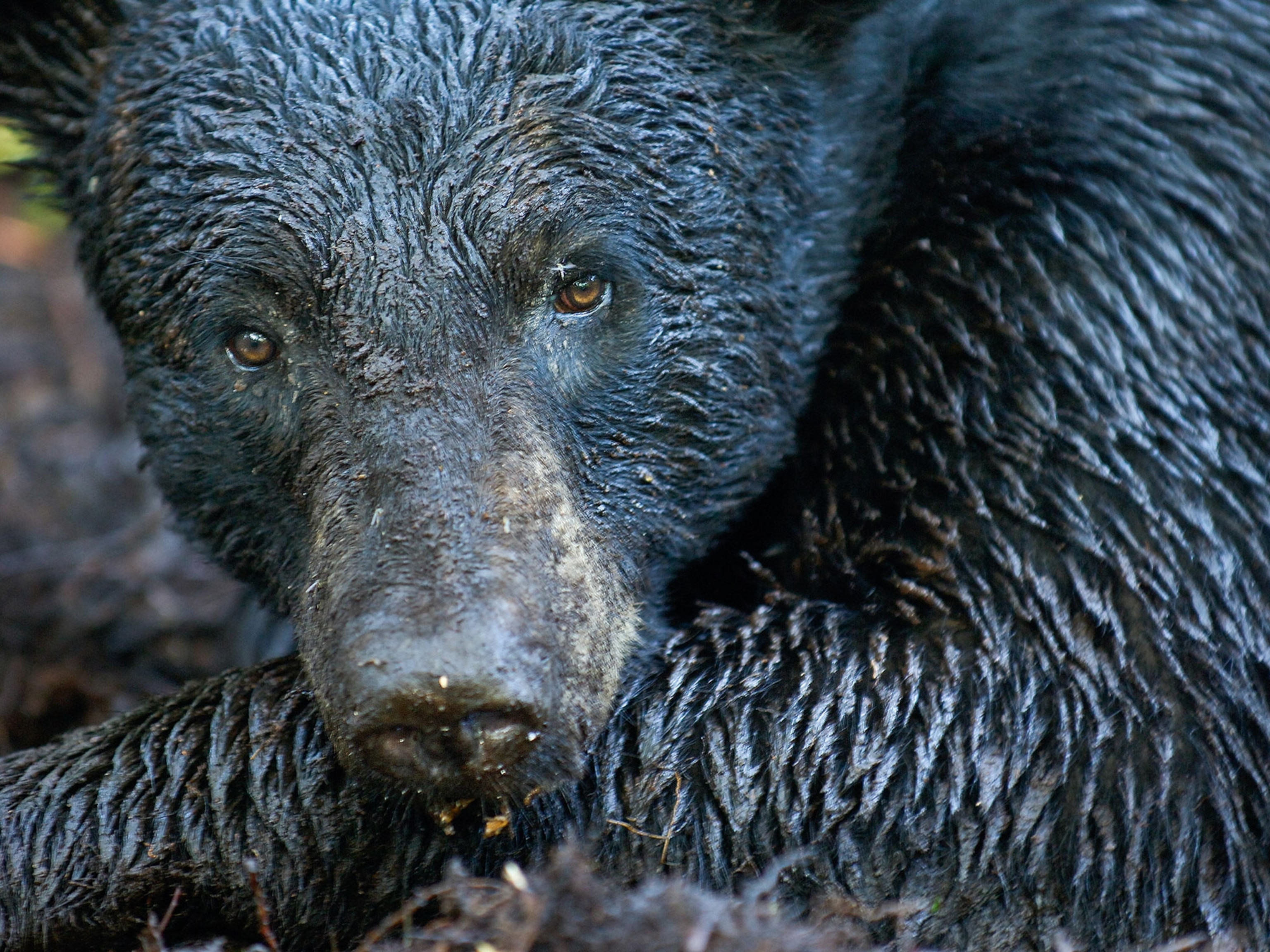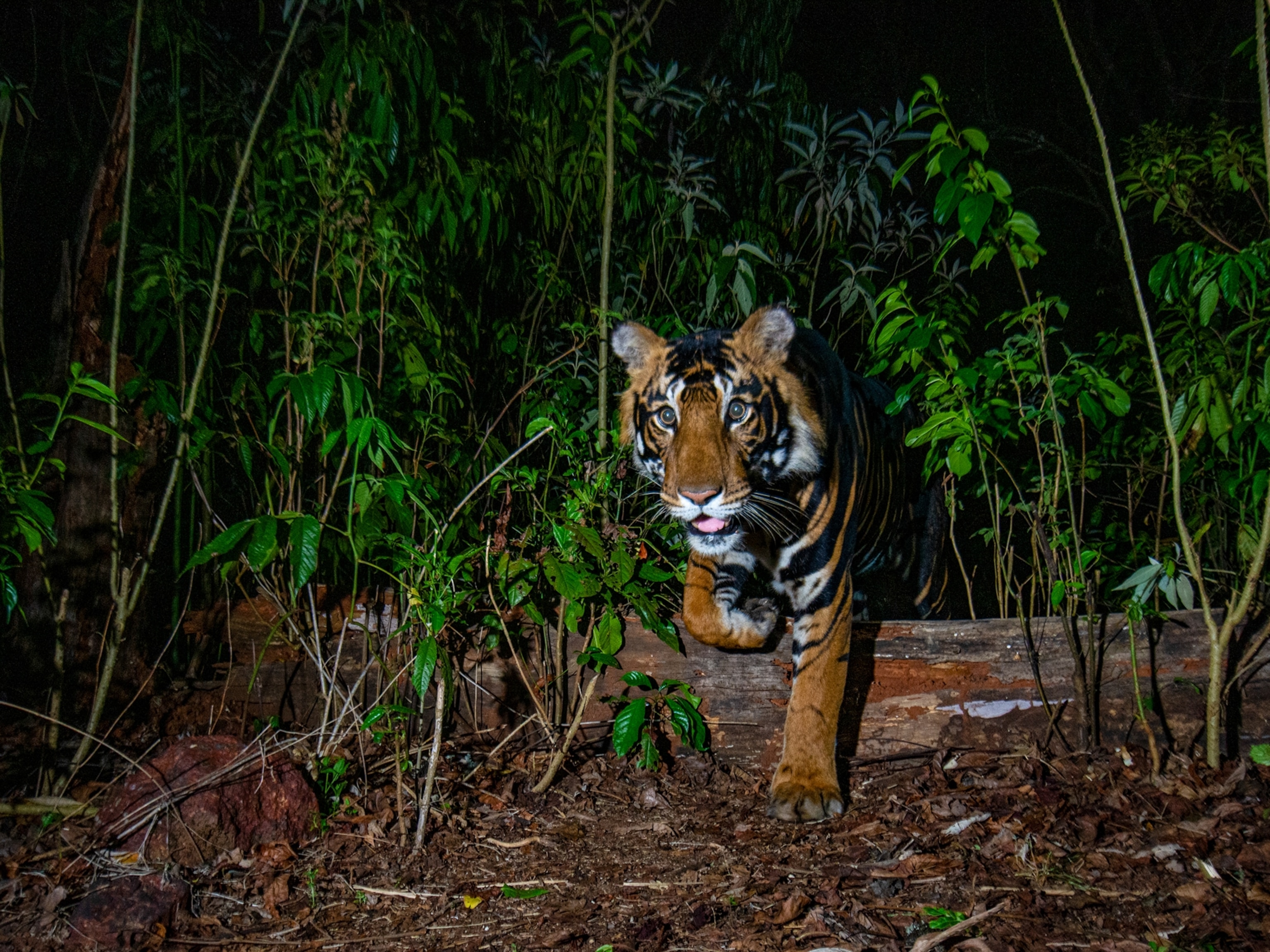Watch: Rare Tiger Family Caught on Video in China
The footage may show that Siberian tigers are rebounding in China, where the subspecies had been hunted nearly to extinction.
Newly captured video shows a Siberian tiger family playing—the first recorded images of the extremely endangered big cat in inland China.
Fewer than 400 Siberian, or Amur, tigers—one of six surviving tiger subspecies—remain in their Russian and Chinese habitats, having dwindled due to extensive hunting over the past century. (See National Geographic's tiger pictures.)
Most of the animals live in Russia, where it's illegal to hunt them, or near the Russian-Chinese border, but the big cats have struggled to regain a foothold in China.
The Siberian tiger's fate fits an overall trend of tiger decline: Scientists estimate there are around 3,200 animals in the wild, down from an estimated 100,000 at the beginning of the 20th century.
Now the most recent footage, shot by the conservation group WWF in northern China's Wangqing Nature Reserve, is proof that Siberian tiger populations are moving farther into China and breeding there, Nilanga Jayasinghe, a program officer with WWF's Wildlife Conservation team, said by email.
"It is a huge success resulting from decades of conservation work to establish a breeding population of tigers in China," Jayasinghe said. (Also see "India's Tigers May Be Rebounding, in Rare Success for Endangered Species.")
"There is still a lot of work to be done, but efforts to restore habitat; bring back prey species; and increase protection for tiger populations in the Chinese portion of the Amur tiger's range are showing positive results like this family captured on film."
But Dale Miquelle, director of the Wildlife Conservation Society's Russia Program, cautioned against saying tigers have reestablished themselves in China. (Learn about National Geographic's Big Cats Initiative.)
"Numbers may be slightly increasing in China, and the evidence of reproducing females is encouraging, but it is still a tiny population of, at most, a dozen or so. There is a long way to go before we can say that there is a viable population living in China," he said by email.
"So this is a nice confirmation and interesting footage, but not really new."
Giving Chinese Tigers a Chance
To Miquelle, "the last chance to save tigers anywhere in China is probably the two northernmost provinces of China—Jilin and Heilongjiang. Here there is connectivity with tigers and tiger habitat in Russia, and dispersal can and is naturally occurring. So there is a natural source for recovery of tigers here."
However, human encroachment on their habitat continues. "Snares, inadequate prey base, and habitat loss are still the largest threats," said Miquelle. (See "Pictures: The World's Tigers—There Are Only 3,200 Left in the Wild.")
"Recent camera-trap photos of a tiger on the Russian side of the border with what looks like snare wounds around the neck suggest snaring ... is still a problem."
He added that China could help its nascent tiger population by simply giving it room to grow, protecting the animals from poachers, and providing enough prey. (See "Activist's Art Puts Spotlight on Threats to Tigers")
"China could make a huge contribution to ensuring a future for wild Siberian tigers."
Follow Stefan Sirucek on Twitter.





